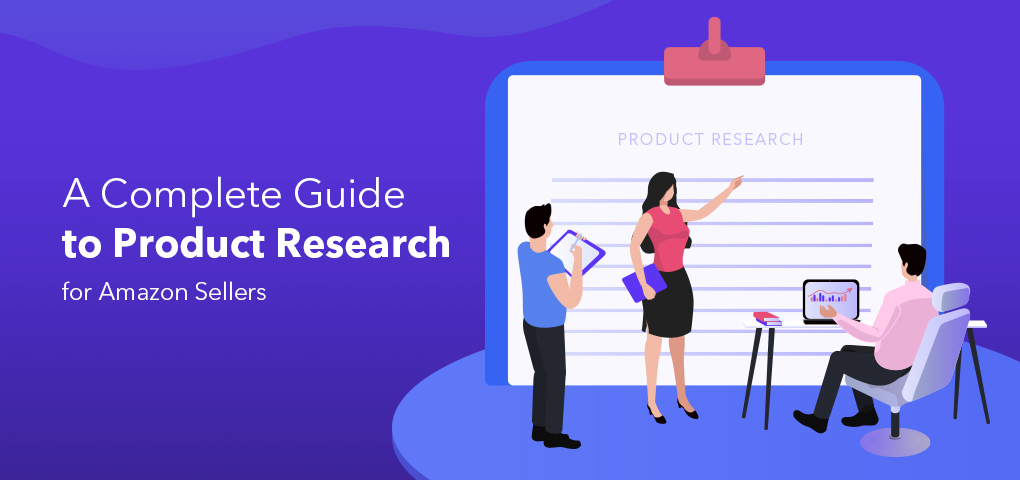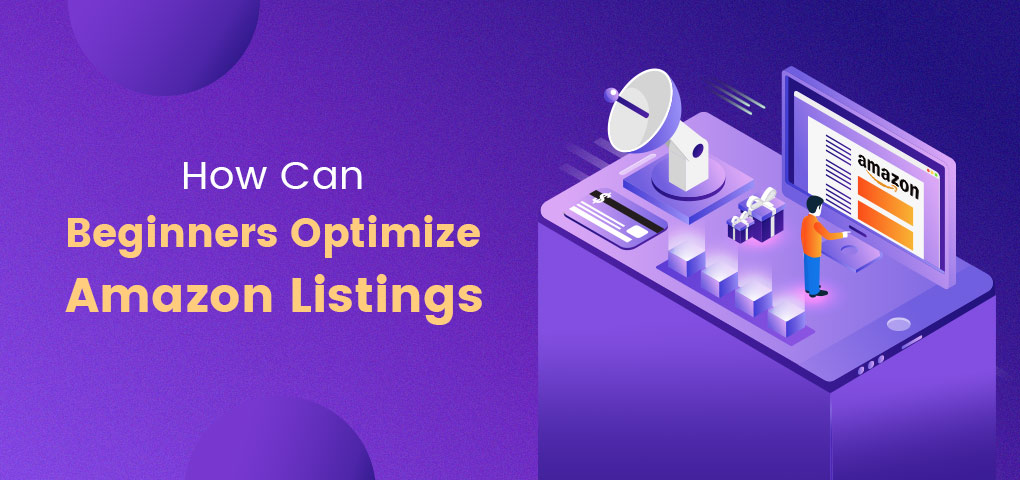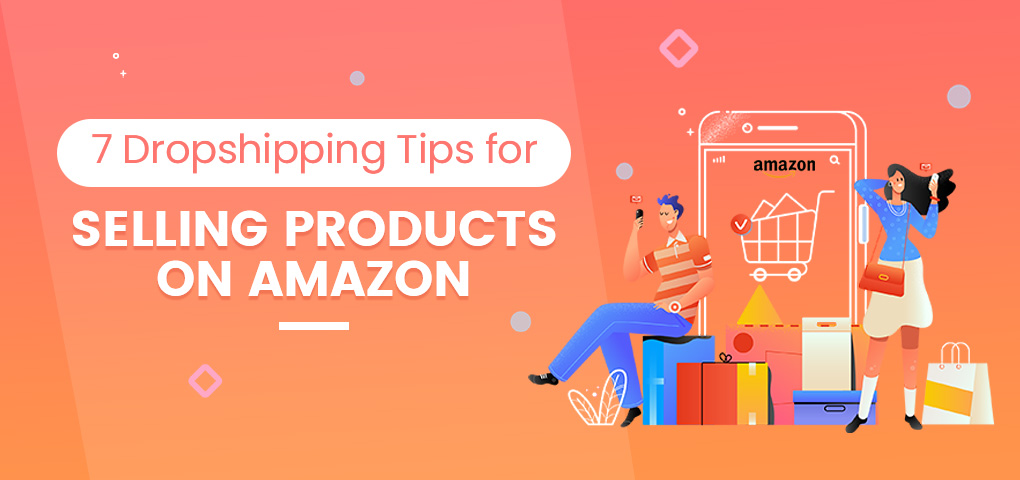For any retail business, the role of product research cannot be overemphasized. Product research can determine whether a seller will come out with best-selling products or products that could lead to a waste of effort and money. There are millions of products to sell on Amazon. Getting your product research right will help you find which of these products have the highest potential for profit to your business type. Product research requires tons of data. However, with this guide, the process of product research can be less daunting than you expect.
4 Key Steps in Product Research
The entire Amazon product research process can be grouped into four major activities. The activities listed below summarize how to do product research.
1. Determine which aspects to use
First, potential sellers need to be clear about what aspects to determine the profitability of selling a particular product. For instance, when you research products, you may want to consider the Competitors Analysis of the products with the Barriers to Entry as key aspects. For newcomers, it is advisable to have a more experienced person help you determine major aspects to set for your product research.
2. Determine which Key Performance Indicators to use
Having selected the parameters you want to use for measurements, you need to identify each parameter's key performance indicators. The parameters are too broad to be measured; however, breaking them into key performance indicators will help you determine what to measure during the research. For example, to measure Barriers to Entry, we may consider products' Best Seller Rankings (BSR) as a key performance indicator. The product's sales volume in its category can also be a useful indicator of product popularity. Each parameter has its set of KPIs. Finding them and measuring them appropriately is the main focus of Amazon's product research.
3. Collect indicator information
Gathering data based on the KPIs earlier identified for each parameter is the next step. This means that if you have 10 parameters with 5 indicators each, you must collect data for 50 indicators. Collecting data for research could be tedious, but you can make the process easier with good Amazon product research tools. In case you don't want to use a product research tool, you can also browse through the Amazon platform to get the data you require.
4. Evaluation and screening
Once you have all the data you need, it is time to derive meaning from the data and take action based on careful evaluation of the data. This process should not be done by a single person because key insights may be missed during this process. Have an evaluation team ready to help you. Group the indicators to represent the parameters you selected earlier. Analyze each data independently and as a whole to see which products offer the greatest potential to your business. You can also determine which ones hold the potential for the expansion of your business much later.
4 Important Aspects of Products Research
We can proceed with our Amazon product market research by using the four aspects listed below as our guide. Each aspect corresponds to important parameters required in the process of research. The items below them are the key performance indicators we need to use to measure or describe each parameter.
Aspect 1: Market Analysis
1. Industry
We begin by looking at how big the market for a product is. If the market size is small, the supply chain will be less efficient and it will be hard to get the product at competitive prices from the suppliers. Products with small market capacity may not yield expected returns on customization and improvement. What to look out for are products from a big market.
2. Category
We also consider how the category of the product is trending. Some products in the category may not trend. However, it is good to note when the overall category is trending. Identify the products in the category that are trending presently. Note those that are not yet trending as they might hold the future potential to trend.
3. Brands
Now, we begin to make a brand analysis in the target market. Top brands have some peculiarities. There are big brands that are popular offline but are turning to the online marketplace to increase their customer base. There also many relatively newer internet brands competing with traditional brands in the same market. Note how top brands influence the market in terms of price and product quality.
Aspect 2: Barriers to Entry
1. Reviews of top 50 in BSR
It is important to consider the top 50 reviews for products listed on the Amazon best sellers rank(BSR). Product reviews can expose how a product has developed over time and how stable it has become as a result of improvements. If you go for products that cost more than $100 and wish to rank on the BSR in one year, you will have to invest lots of money to catch up with the competition. If you don't have a huge budget, it is better to go for less expensive products ( around $50).
Pro Tip: Take Advantage of Product Recommendations on SaleYee.com
Reduce your workload further by avoiding keeping track of the best-sellers, the top trending items, etc. for selling on Amazon. Get all information you need directly from the SaleYee Dropshipping Platform.
2. Percentage of new products
Next is to determine the percentage of new products in the category. New products are often identified by their lack of reviews or few reviews. If there are many new products in the category that can be listed on the BSR, it is a sign the category is viable.
3. Brand monopoly
We also have to consider if there is a brand monopoly. Some big brands may dominate a category so much that more than 50 percent of products listed on the BSR originate from a single brand. This is the case in some tools categories where U.S companies dominate and account for more than half of the products in the category listed on the best sellers ranking. Such a monopoly makes it difficult for new brands to get tangible attention from customers. New entrants should ignore this category and find one with a lower tendency for monopoly.
4. Sold by Amazon or 3rd parties
Amazon also sells on its platform via self-operated stores. You can be sure the self-operated stores will benefit more in their respective categories. There is a need to analyze how many Amazon self-operated stores versus third-party stores are operating in a particular category. If there are many third-party sellers in the product category, it means there is room for third-party products to flourish in the product category. A small proportion of third-party sellers indicates a saturated product category.
If you choose a product that Amazon is also selling, you may not get enough exposure. The Buy Now link for the product will be rotated between your store and Amazon's. Since Amazon can afford to give customers the product at a lower price, customers are more likely to buy from Amazon-owned stores due to price differences. In this kind of arrangement, you take the role of a third-party seller who has little potential for development.
Aspect 3: Competitor Analysis
1. Cost-performance ratio
The cost-performance ratio measures a product's ability to deliver value for its price. Consider the possible cost of the best-selling products in that category and how they are priced. This will give an idea of what the market expects and are more likely to pay for. Customer reviews that talk about the value customers derive from products can also be useful.
2. Price trend
Analyzing the cost-performance ratio already gives the idea of the ideal price to look out for. There are times prices of some products in the category may drop very sharply. This may be due to some sellers deliberately making losses to attract customers and achieve long-term relationships and profitability. Be cautious if you want to enter the market at this point. Alternatively, you can wait until the price trend is more favorable.
3. Customer pain point
While analyzing the competition, it is important to highlight customers' needs and pain points. Pain points are barriers prospective customers are facing in your business. From reviews, you may find that customers would like better product packaging, faster delivery, more after-sales support, etc. Your ability to find customer pain points in the product category can give you the ideas required to be successful in that category.
4. Your selling points
Analyze what products the competition is offering. Compare the products from the competitor to yours. What are the similarities and differences between them? How can you add functions that are better for customers than the competition? How easy is it to differentiate your product from the competition? What will it cost to make your product better than the competition? Your selling point should give you a competitive advantage over other sellers of similar products.
5. Competitors' disadvantages
With keen observance, you may be able to detect some flaws made by your competitors during business operations. Make use of these loopholes to better your chances of success in the category. For example, some competitors may not have their products listed properly, you ensure your products are properly listed and optimized to beat these competitors. There are many other shortcomings you may discover on the operating side of the competition. After doing a competitor analysis, use the lapses as leverage for your business.
Aspect 4: Feasibility Analysis
The main goal of being in business is to make a profit for the value you give to your customers. A feasible product must have a profit margin that justifies the efforts put into the product's production and marketing. A high-profit margin will help new sellers quickly develop the capacity for expansion while low-profit margins can make business tougher for new sellers.
2. Compliance
Many products need certifications and licenses from national or international Quality Assurance organizations before customers will be willing to buy them. You need to confirm if your product requires international and local compliance certificates such as PSE and PL certifications.
3. Restrictions of sales platforms
Rules are guiding what kind of products can be sold on the platform. You need to find out if there are any restrictions on the product you wish to sell. Some products require extra documentation or requirements before they can be listed on Amazon. Where the platform does not give clear information about what is allowed or not, it is safer to call the support center to get clarity on regulations.
4. Risk evaluation
Risks for the business are multidimensional. However, you can begin by determining the return rate for similar products on Amazon. If the return rate works for your business, you can mark the product as a potential best-seller. If not, you may find another product. You will need your team to brainstorm on the other possible risks that may arise from choosing the particular product. Thereafter, decide how your business is going to mitigate these risks.
5. Products standard
Product standards are important if you are aiming at both short-term patronage and long-term stability. Let your team decide what your product standards would entail. For example, you may choose to include a Chinese manual if you sell to Chinese customers. Issues concerning trademarks and copyrights may also be addressed at this point.
6. Advantages of supply chain
The efficiency of the supply chain determines the inventory turnover. It is better to get into a category where the turnover is fast so more sales and profit can be generated in a relatively shorter time. When dealing with businesses where there are few benefits of the supply chain, competing with the existing market may be very difficult. On the other hand, if there are similar products and efficient supply chains, there are better chances of success.
Conclusion
We have detailed the process of product market research for sellers on Amazon's e-commerce website. If you wish to sell in more than one product category, start with a single product category first during your product research. You can add another product after you have achieved some degree of competency on your first try. Guide your business through thorough research to achieve better outcomes in both the short term and long term.








